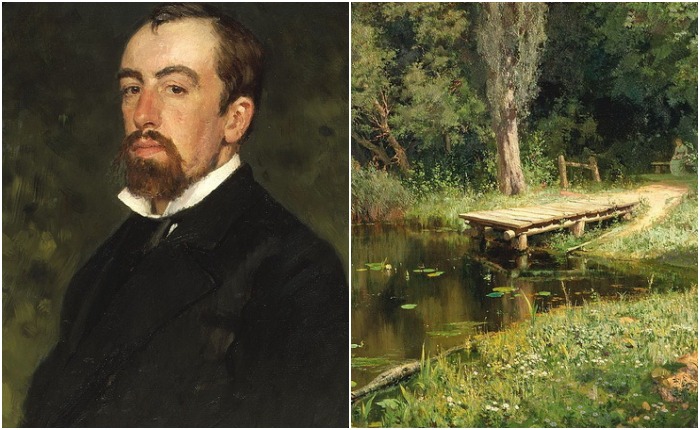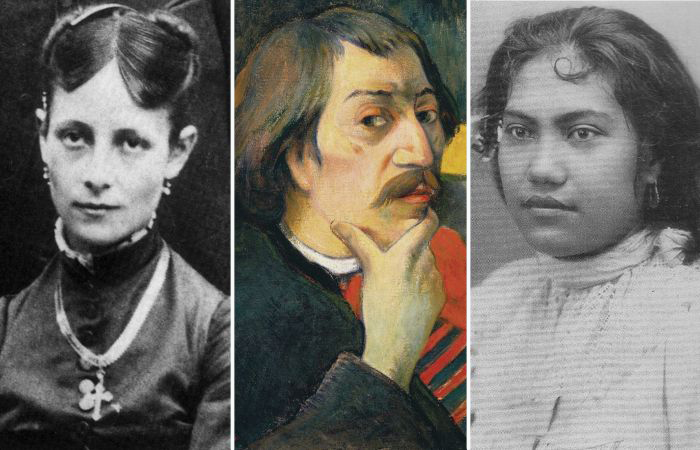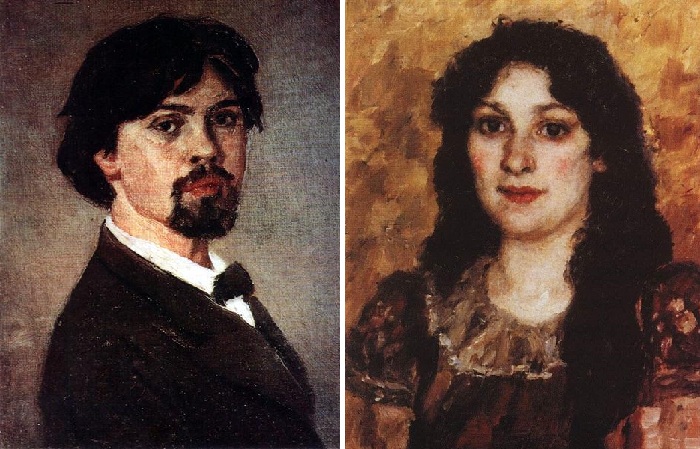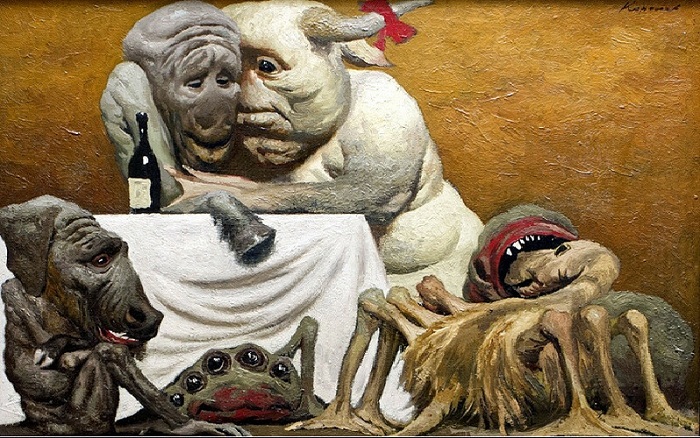brilliant people
Secrets of the painting “A Lady with a Parrot by the Window”: How the Smile of a Heroine and a Bird are Connected
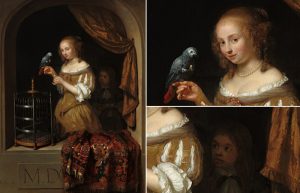 Caspar Netscher is a Dutch artist of German descent, an outstanding portrait painter, and also a master of depicting everyday scenes of the Dutch elite. He also developed a technique that allowed him to imitate a wide range of textures: be it linen, satin or coarse fibers of an oriental carpet. Caspar Netscher is part of a triad of prominent Dutch Golden Age masters along with Rembrandt and Vermeer.
Caspar Netscher is a Dutch artist of German descent, an outstanding portrait painter, and also a master of depicting everyday scenes of the Dutch elite. He also developed a technique that allowed him to imitate a wide range of textures: be it linen, satin or coarse fibers of an oriental carpet. Caspar Netscher is part of a triad of prominent Dutch Golden Age masters along with Rembrandt and Vermeer.
From the life of an artist
Netsher was the son of sculptor Johann Netscher. As a child, he was sent to Amsterdam to study with Hendrick Coster, a little-known artist of still lifes and portraits. In 1664, Netscher moved to Deventer to complete his studies in the workshop of Gerard Terborch. Having done this, he went to Italy in 1658, then to Bordeaux, where Netscher married Margaret Godin and lived there for several years. In 1662, in The Hague, Netscher became a member of the Society of Artists. At this early stage, he wrote small genre compositions, preferring the dark colors and themes of everyday life, which Terborch clearly influenced. Continue reading
Monet is a spot, Manet is a people: How to distinguish two masters of impressionism
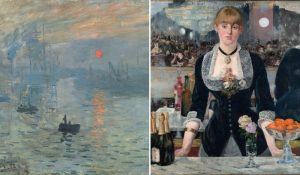 Their acquaintance began with a big conflict, but later they became great friends. Monet — Manet is a story of long-standing friendship based on great respect and mutual assistance. When Monet was in financial difficulties, he wrote to Mane for help. Manet not only never refused to help his colleague, but after he found out about the illness of Camille, Monet’s first wife, he wrote off all Claude’s debts. Due to Monet’s influence, Manet more often painted in the open air and brightened his palette. These were not just real people, but also great talents with big hearts.
Their acquaintance began with a big conflict, but later they became great friends. Monet — Manet is a story of long-standing friendship based on great respect and mutual assistance. When Monet was in financial difficulties, he wrote to Mane for help. Manet not only never refused to help his colleague, but after he found out about the illness of Camille, Monet’s first wife, he wrote off all Claude’s debts. Due to Monet’s influence, Manet more often painted in the open air and brightened his palette. These were not just real people, but also great talents with big hearts.
Eduard Manet was one of the first modernist artists of the 19th century to turn to the objects of modern life; he became a key figure in the transition from realism to impressionism. In addition, he was a key figure in the transition from realism to impressionism and one of the first in this era to portray modern life. Continue reading
Was there a boy, or what they argue about for many years, looking at Chardin’s picture “Prayer before dinner”
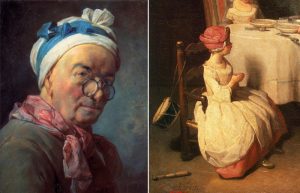 He was called the “artist of animals and fruits.” He had a significant influence on Henri Matisse and Paul Cezanne. In art, this artist sought naturalness and humanity as opposed to the official Rococo style. All this is about Jean Baptiste Simeon Chardin and his picture “Prayer before dinner.” What is the main debate of art critics about this picture?
He was called the “artist of animals and fruits.” He had a significant influence on Henri Matisse and Paul Cezanne. In art, this artist sought naturalness and humanity as opposed to the official Rococo style. All this is about Jean Baptiste Simeon Chardin and his picture “Prayer before dinner.” What is the main debate of art critics about this picture?
The 18th century French artist Jean Simeon Baptiste Chardin was known for his still lifes and genre paintings. His refined and realistic style had a significant impact on a number of the greatest artists of the XIX-XX centuries, including Henri Matisse (1869 – 1954) and Paul Cezanne (1839 – 1906). Chardin’s canvases were simple, but workshops performed. The Chardin world is a world with feeling (and not gallantry), with humility (and not vanity), with simplicity (and not covetousness). For the bourgeois establishment, the works of Chardin represented a salutary contrast with the “decadent aristocratic fragility” of many of the artist’s colleagues (including Watteau). Continue reading
